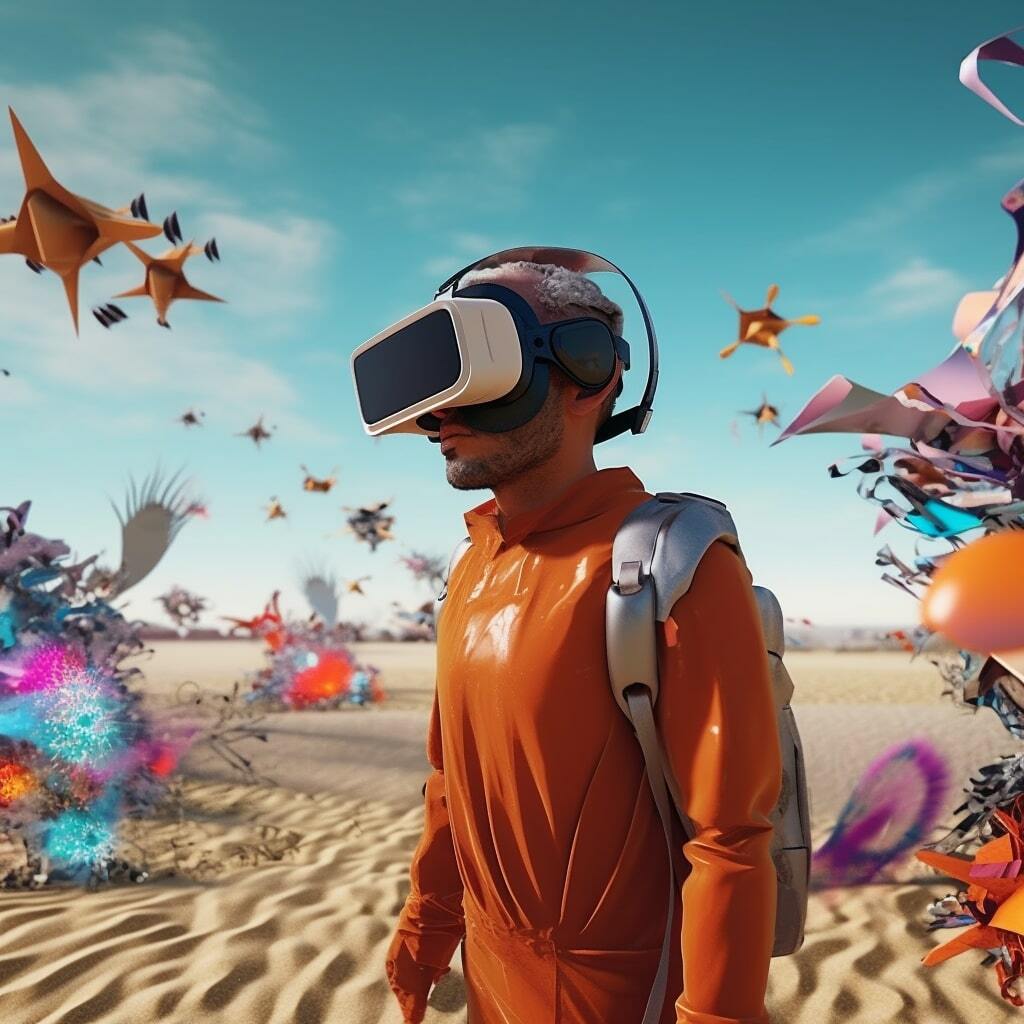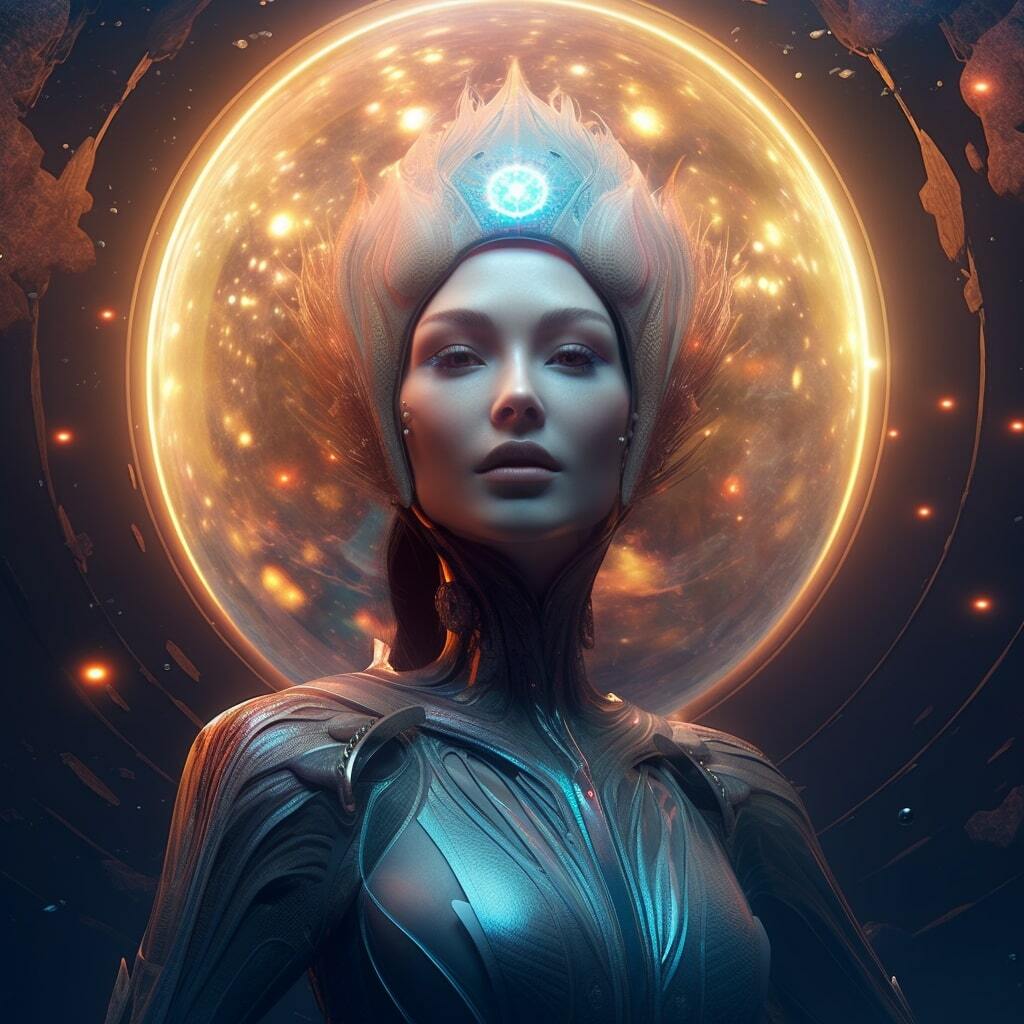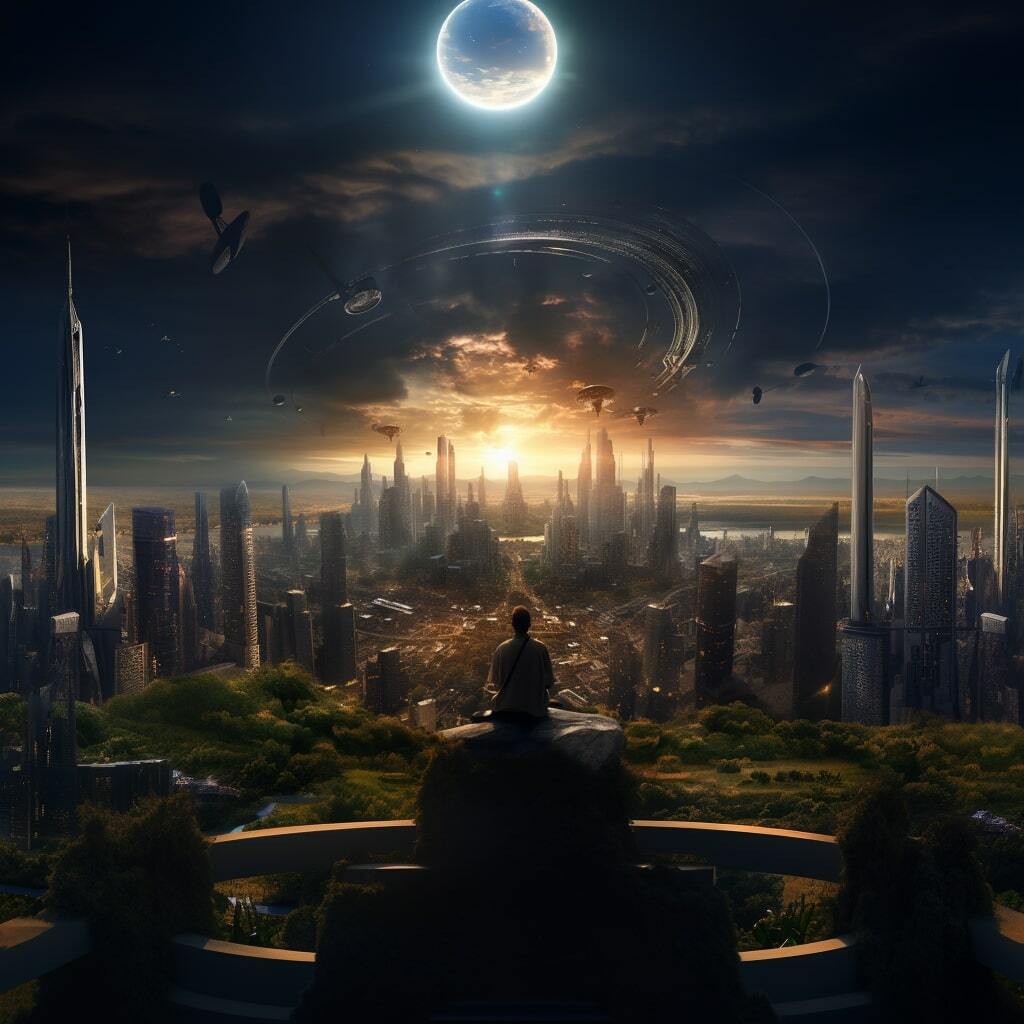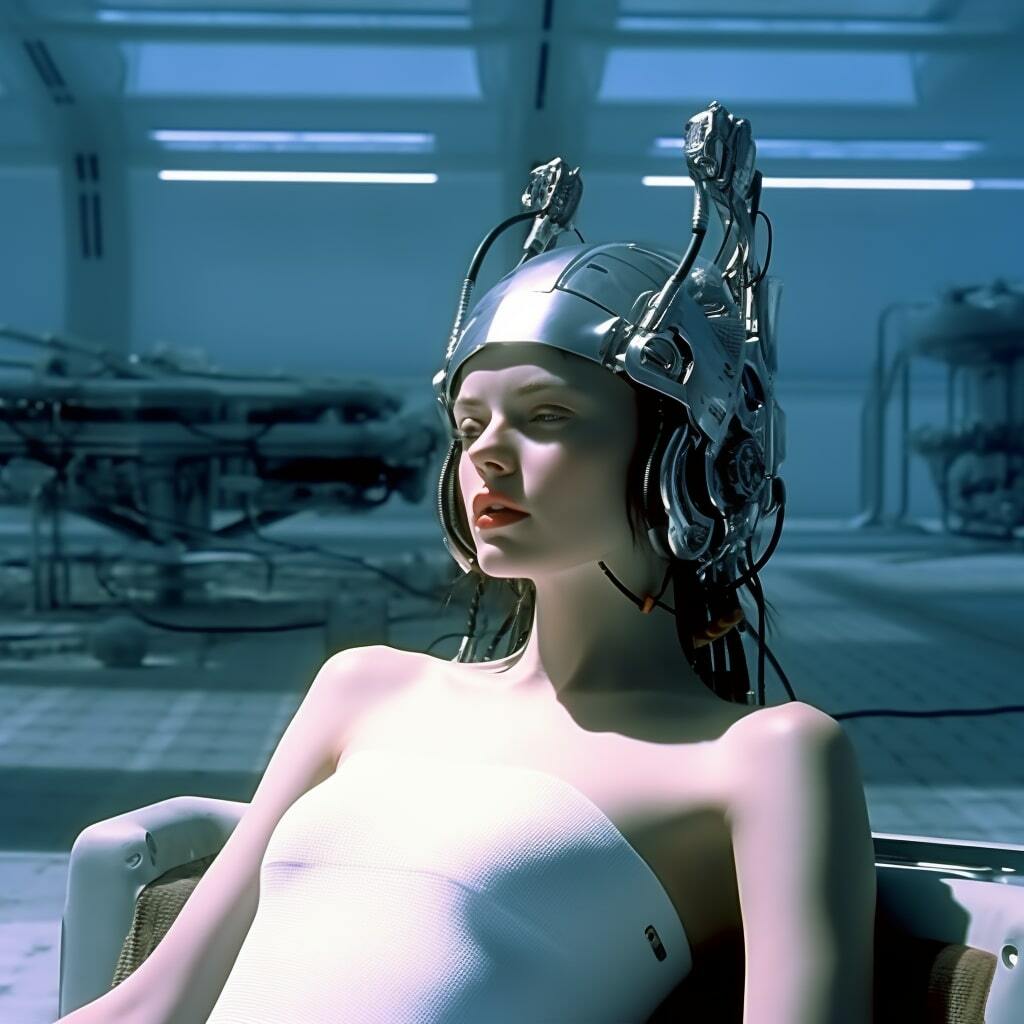Revolutionizing Visual Effects: A Dive into the AI-Powered Future
AI in the Arts: Enhancing, Not Replacing, the Creative Soul
As artificial intelligence (AI) continues to weave its way into various facets of our lives, there's a growing conversation about its impact on the world of art and creativity. However, the notion of AI replacing artists is a misconception that needs debunking. AI is not here to supplant the creative genius; rather, it acts as a powerful tool in the hands of artists, much like how 3D technology revolutionized the industry two decades ago.

The Evolutionary Parallel to 3D Technology
Comparing the integration of AI into the arts to the adoption of 3D technology in the past provides valuable insights. Two decades ago, when 3D technology emerged, there were concerns about it overtaking traditional artistic methods. However, what ensued was not a replacement but an evolution. 3D technology became a tool that artists embraced to enhance their capabilities, opening up new possibilities and avenues for expression. Similarly, AI is poised to follow this trajectory, amplifying the artist's toolkit rather than rendering it obsolete.
New Professions and Creative Frontiers
Just as the introduction of 3D technology spawned new professions and specialties within the creative industry, the integration of AI is likely to create a similar ripple effect. AI specialists, creative technologists, and AI curators are already emerging as vital roles, demonstrating that AI is not displacing artists but reshaping the landscape and necessitating new skill sets. Artists are adapting to the technology, incorporating AI into their workflow, and finding innovative ways to push the boundaries of creativity.
The Human Element
What makes art resonate deeply with individuals is the human element infused into each stroke, note, or word. AI, at its core, lacks the capacity to experience emotions, draw from personal experiences, or tell a unique story. While it excels in certain tasks and can assist in the creative process, it cannot replicate the authentic, personal touch that defines true artistic expression.
In essence, the relationship between artists and AI is one of collaboration, not replacement. AI is a powerful tool, a brush in the artist's palette, and a source of inspiration. As the creative industry continues to evolve, embracing AI as an ally will pave the way for new artistic frontiers, professions, and possibilities. The future belongs to artists who can seamlessly integrate technology into their creative process, leveraging it to amplify their vision and bring forth works that transcend the boundaries of what was once deemed impossible.
In the ever-evolving landscape of filmmaking and visual effects (VFX), the integration of artificial intelligence (AI) has become a game-changer. Today, creative professionals are harnessing the power of new tools to revolutionize concepts, streamline pre-production processes, and even inject a sense of fun into their projects. This paradigm shift is made possible by innovative platforms such as Runway, ChatGPT, DALL-E, and Stable Diffusion, ushering in a new era of limitless possibilities.

Conceptualization Redefined with Runway
Runway, a versatile toolkit for creators, is reshaping the way artists conceptualize their ideas. Its intuitive interface allows users to experiment with various AI models, turning concepts into visual masterpieces. Whether it's generating unique characters, landscapes, or abstract designs, Runway provides an unprecedented level of creative freedom. This not only accelerates the concept phase but also opens up new avenues for storytelling and artistic expression.
Streamlining Pre-Production with ChatGPT
The use of AI in pre-production has become increasingly prevalent, with ChatGPT leading the charge in facilitating communication and idea generation. Collaborating with a virtual assistant powered by ChatGPT streamlines the brainstorming process, helping filmmakers and artists develop scripts, storyboards, and even refine dialogue. This not only saves time but also enhances the efficiency of the pre-production phase, allowing creators to focus on refining their vision.
Imagining the Impossible with DALL-E
DALL-E, another groundbreaking creation, takes the concept of image generation to new heights. This OpenAI model can generate images from textual descriptions, enabling artists to visualize scenes that were once thought impossible. From surreal landscapes to fantastical creatures, DALL-E empowers creators to explore the boundaries of their imagination, pushing the limits of what is visually achievable in the world of VFX.

Adding a Dash of Playfulness with Stable Diffusion
While the world of visual effects often involves serious work, the integration of Stable Diffusion injects a sense of playfulness into the creative process. This AI model specializes in generating diverse and unique variations of images. For artists seeking inspiration or a touch of randomness in their projects, Stable Diffusion becomes a valuable tool for experimentation and exploration, adding an element of surprise to the creative journey.
In conclusion, the synergy between VFX and AI has reached unprecedented heights, reshaping the industry and pushing the boundaries of creativity. With tools like Runway, ChatGPT, DALL-E, and Stable Diffusion, artists and filmmakers can transform their wildest ideas into tangible visual experiences. The future of visual effects is undoubtedly intertwined with the limitless possibilities that AI brings to the table, opening up new horizons for storytelling, concept development, and the sheer joy of creative exploration. The animation industry stands on the cusp of an exhilarating era filled with possibilities. As real-time animation, AI-driven tools, blockchain, extended reality, and holographic technologies converge, animators are presented with unprecedented tools to bring their visions to life. These revolutions not only promise to streamline production processes but also open up new frontiers for storytelling, audience engagement, and artistic expression. The future of animation is one where the boundaries between imagination and reality blur, inviting audiences to experience narratives in ways previously unimagined.
